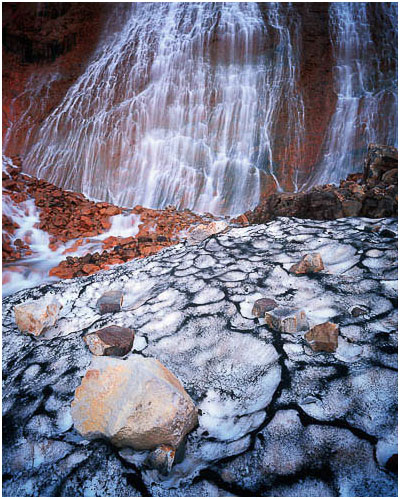In the world of music, dissonance is something that is learned at an advanced stage in the development of any musician whether they are simply learning to play or while writing their own compositions. Consider that during the early stages of musical development, most musicians learn to play (and also write) very simple melodies. Structures are uncomplicated and the use of chords as an expression is perhaps somewhat limited. Over time, as they develop, they delve into more complex musical structures and eventually begin to incorporate chords and complex overtones that have feelings of tension and expectation to them. This is known in musical terms as 'dissonance'.
 Dissonance is not a bad thing, it can provide depth and complexity to music and take us into different worlds of feeling and mood. We've all been subjected to it, for example - in film scores where it is used to convey drama. The music becomes extremely agitated and complex. It is a universal language we all understand.
Dissonance is not a bad thing, it can provide depth and complexity to music and take us into different worlds of feeling and mood. We've all been subjected to it, for example - in film scores where it is used to convey drama. The music becomes extremely agitated and complex. It is a universal language we all understand.
Yesterday I had a very nice conversation with a musical friend of mine about this very topic. Since the conversation, I've been considering if there is a parallel to 'dissonance' in photographic images. I'm certainly aware that we can have dissonance in photographs, but I'm not altogether clear if dissonance is a good thing in images. Is it possible to have an image that creates tension, but at the same time be pleasing to our eye?
I also think that it's not possible to use musical development as a similar analogy to that of image making, as they both appear to be opposite from each other. In music, simple compositions or melodies are often encountered early on in our musical tastes and development, while more complex forms of music are often acquired over a long period of time while we learn to enjoy their depth and meaning. With photographic images, we often start with very busy, complex scenes, because we haven't developed our eye to remove all the distracting elements contained within the frame. It is only over many years that we become able to refine our compositional eye and notice things that need to be removed.
This has been my assumption until yesterdays conversation with my music friend. I'm now unsure if my idea that imagery should be simple, is a correct one. Certainly for many people who wish to improve their photography, gaining a more selective eye is a good thing. But what if you do want to create images that have a degree of tension in them? Surely it is ok for an image to be overly complex, to have a dissonance to it - if this is what you intended?
I think there is a difference between dissonance in an image, and a bad composition. For me, dissonance implies that the work is good, while containing a degree of tension in it. Bad compositions are often bad photographs because the composition creates a form of tension that is displeasing to the viewer's eye.
I'd like to hear your views, and maybe you can point me towards work where you feel there is dissonance (read tension) while at the same time, the work is superb. I'd love to hear from you.
postnote: I deliberately used the two images of Raudfoss in Iceland in this posting, because I feel there is perhaps more tension in the first image due to the more fractured foreground landscape. The second image has a less fractious foreground, with more space and is perhaps therefore calmer than the first. But there is still a degree of complexity to both of them, and I'm wondering if this is dissonance, of a sort? The images aren't bad, in fact, I'm very pleased with them, but there is certainly a complex overtone to both of them. How else may dissonance be conveyed in an image? A dramatic thunderous sky perhaps can convey drama, but does it convey tension? Do you feel on edge when looking at pictures of storms?

